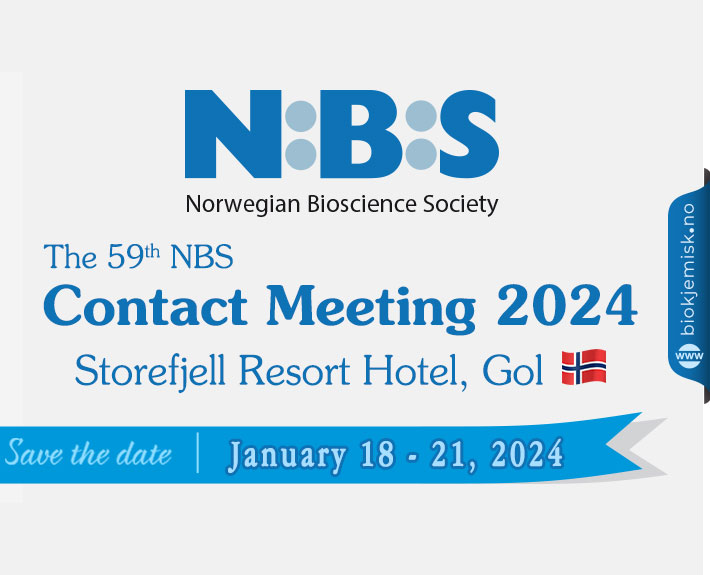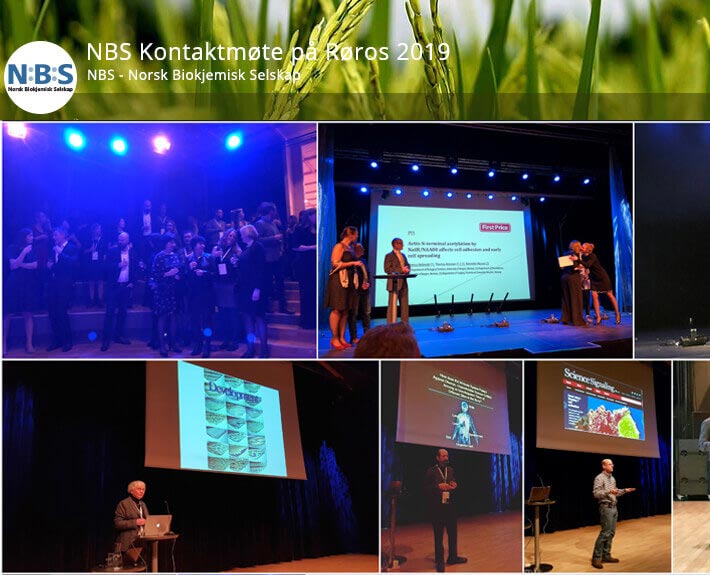Lecture: Endosomal lipids in trafficking and signaling
The Norwegian Biochemical Society-Oslo (BIG) invites you to the lecture:
“Endosomal lipids in trafficking and signaling”
by
Jean Gruenberg,
University of Geneva, Switzerland
Thursday November 26, 2015 – Kristine Bonnevies Hus, University of Oslo
16:00 Auditorium 1
Abstract:
During endocytosis, cell surface components including housekeeping receptors and activated signaling receptors are delivered to early endosomes, where they are sorted to be either reutilized via recycling pathways or transported towards late endosomes and then lysosomes for degradation. In the latter case, down-regulated receptors and other molecules destined for the lysosomes are incorporated into lumenal invaginations of the early endosome membrane, which are pinched off as free cargo-containing vesicles. These multivesicular regions detach and become multivesicular endosomes, which are transported to and fuse with late endosomes. Eventually, intralumenal vesicles (ILVs) and their cargo are delivered to lysosomes and degraded. Alternatively, ILVs can also be released extracellularly as exosomes, upon fusion of multivesicular endosomes with the plasma membrane. Low-density lipoproteins (LDL) that have been endocytosed are eventually delivered to multivesicular late endosomes. There, cholesteryl esters are de-esterified so that free cholesterol can be released and exported to other cellular destinations. The export mechanisms remain ill defined, but it is clear that disruption of the process has profound consequences for cellular sterol homeostasis and can result in the neurodegenerative disease Niemann-Pick C (NPC). Our previous studies suggest that the fate of LDL-derived cholesterol is linked to the unconventional phospholipid lysobisphosphatidic acid (LBPA) that is abundant in late endosome intralumenal membranes, since interfering with LBPA functions phenocopies NPC at the cellular level. Our approaches to study the mechanisms of endosomal cholesterol transport will be discussed, including biochemical strategies and unbiased high content image-based screens.



Leave a Reply
Want to join the discussion?Feel free to contribute!